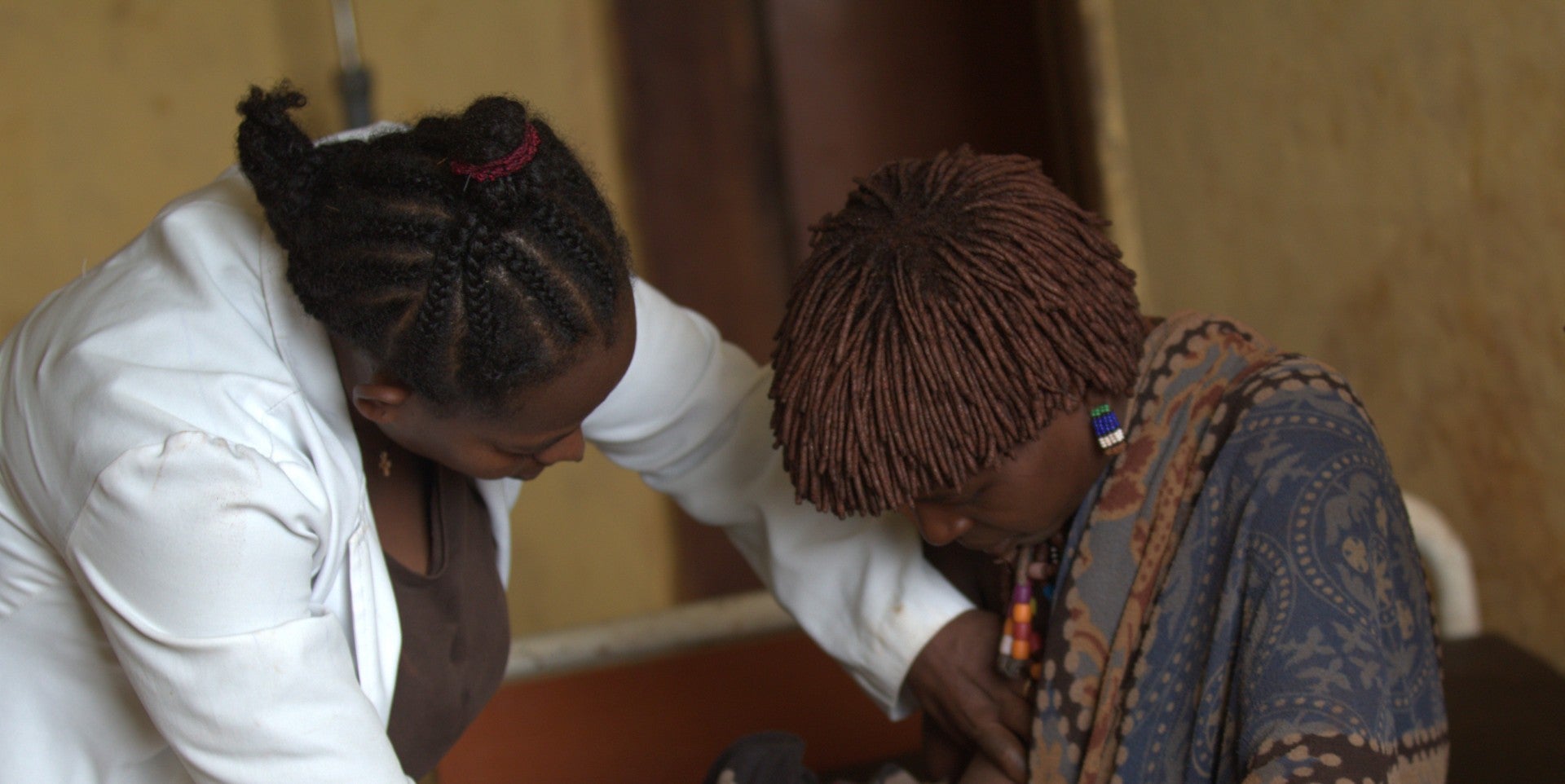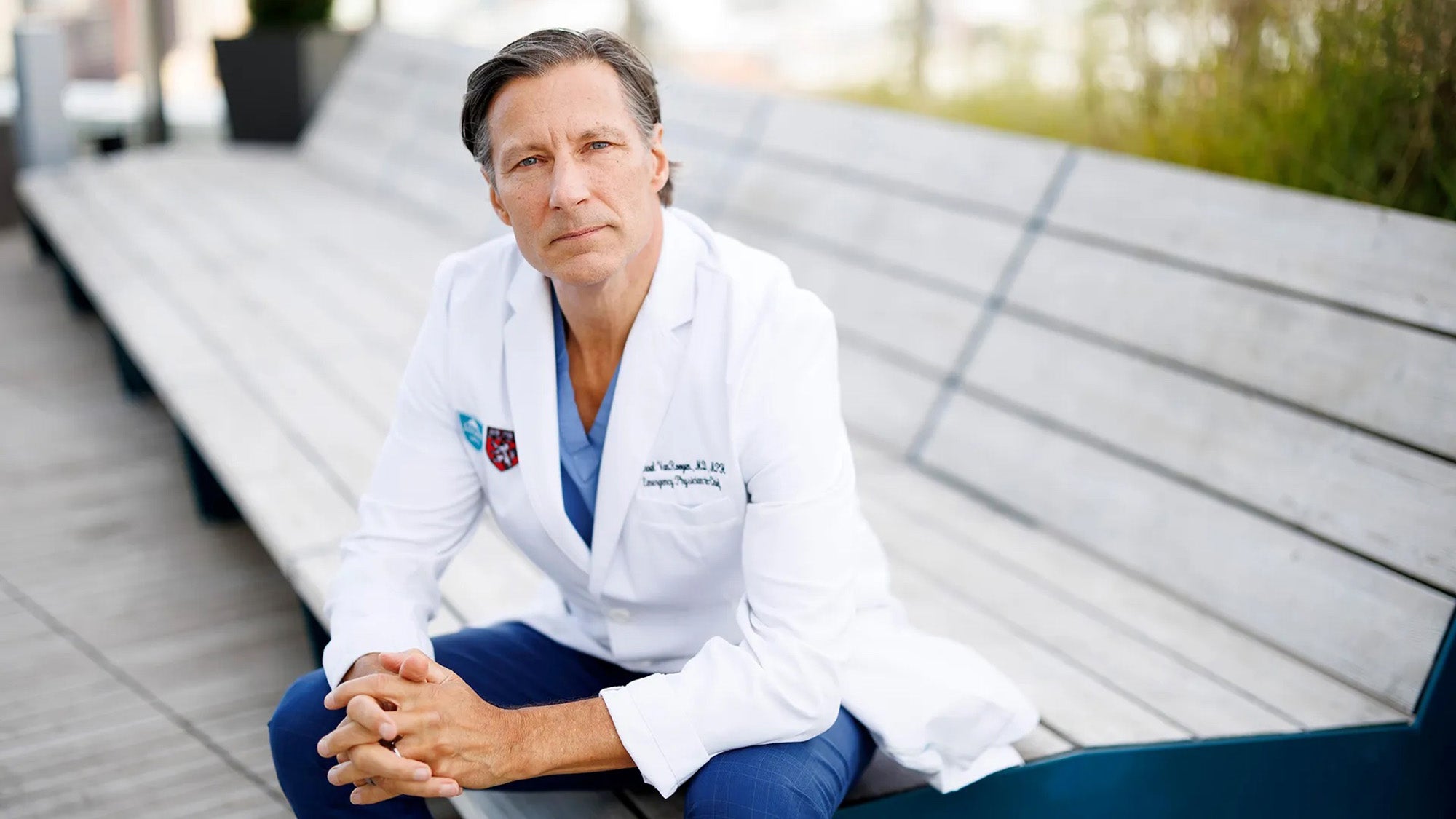
Transforming Maternal Health in Ethiopia’s Pastoralist Communities: Lessons from South Omo
Access to skilled maternal care remains one of the most persistent inequalities in global health. In Ethiopia’s remote South Omo Zone, where pastoralist communities live across vast, rugged terrain, traditional home births attended by untrained helpers are still the norm (Teshale, et al., 2024). But a quiet transformation is underway—driven by context-sensitive solutions that are increasing trust in the health system, improving access, and saving lives.
From 2021 to 2024, the Hailemariam & Roman Foundation (HRF), in partnership with the Center for International Reproductive Health Training (CIRHT), launched a multi-pronged initiative to improve reproductive, maternal, newborn, and child health (RMNCH) in two of South Omo’s most underserved districts—Hamar and Bena Tsemay.
Building Trust and Tailored Services
The key challenge was not only a lack of health infrastructure, but also cultural distance. Many families simply did not see formal health services as relevant or accessible. To close this gap, HRF focused on trust-building through integration, not replacement.
One powerful example was the integration of 64 Traditional Birth Attendants (TBAs) into the formal referral system. Rather than sidelining these deeply trusted community figures, the project trained them to identify risks and refer women to health centers. This approach led to a marked shift: skilled birth attendance rose from 34% to 52.3% in Hamar, and from 86% to 94.6% in Bena Tsemay (HRF,2025)—surpassing the national target of 90% (Worku, et al., 2021).
The construction of culturally sensitive Maternity Waiting Homes (MWHs) was another game-changer. These spaces did not just offer beds, they provided traditional meals, coffee ceremonies, and peer support(Selbana, et al., 2020). Such details may seem minor, but in settings where cultural familiarity shapes health-seeking behavior, they proved crucial in encouraging women to deliver at health facilities.
Training and Tools for a Stronger System
Improving outcomes also meant investing in people and tools. Over 140 health professionals, 20 health managers, and 23 community leaders were trained in maternal health best practices. Four health posts and two health centers were renovated, ensuring 24/7 availability of skilled care.
To boost diagnostic capacity, HRF deployed portable Doppler ultrasound machines to rural clinics. These devices allowed providers to detect complications early and motivated more women to attend antenatal care (ANC). As a result, over 80% of pregnant women attended at least one ANC visit, and 60% completed the recommended four (WHO, 2016). This is a sharp increase from previous years where overall coverage of ANC in the area was low with only 1 in 5 women having achieved the WHO-recommended four visits (Worku, et al., 2017).
Emergency referrals quadrupled during the project period, supported by new ambulances and better referral coordination. With earlier detection and faster response, the risk of maternal deaths from delayed care dropped significantly (HRF, 2025).
Community Ownership and Advocacy
Beyond service delivery, the project’s success hinged on community ownership. Households contributed small monthly amounts to sustain the MWHs, while local women’s groups maintained nutrition gardens to support recovering mothers. These grassroots contributions weren’t symbolic—they reinforced a collective sense of investment in maternal health.
At the national level, HRF leveraged high-level advocacy to ensure long-term policy support. Former First Lady and HRF CEO Roman Tesfaye’s leadership helped elevate the visibility of pastoralist maternal health, shaping conversations among government partners and donors.
What Can We Learn?
The South Omo experience challenges a common assumption: that deeply entrenched maternal health disparities in remote communities are too difficult to overcome. With the right combination of cultural sensitivity, systemic investment, and community mobilization, change is not only possible, but also replicable.
Several Lessons Stand Out:
Several lessons have emerged as are vital for advancing maternal and child health in low-resource settings. First,traditional birth attendants, when equipped with training and supervision, often serve as trusted connectors to the formal health system, improving early detection of risks and timely referrals. Second, facilities that respect local customs, from dietary habits to family interaction spaces, build trust and significantly boost service utilization. Third, community-driven contributions can help sustain services, strengthen ownership, and promote accountability. Fourth, portable ultrasounds and similar technologies not only enable early detection of complications but also attract women by offering reassurance and visible value. Finally, advocacy bridges local success and systemic change. Strategic engagement with policymakers ensures that grassroots innovations inform policy, making gains both scalable and sustainable.
A Scalable Model for Equity
HRF’s work in South Omo offers a compelling case for scale. As countries across sub-Saharan Africa strive to achieve universal health coverage, especially in neglected rural and pastoralist regions, this model shows what’s possible when communities are not treated as passive beneficiaries, but as equal partners in health.
The results speak for themselves: fewer home births, more skilled deliveries, increased ANC and postnatal care, faster emergency response, and stronger community ownership. Equity in maternal health is achievable. But it demands more than clinical inputs, it requires humility, respect for local knowledge, and a deep commitment to partnership.
References
Worku, A. et al. ( 2022) . Maternal Service Coverage and Its Relationship To Health Information System Performance: A Linked Facility and Population-Based Survey in Ethiopia. Global Health: Science and Practice.
(2017). Antenatal care utilization and barriers in Ethiopia: Evidence from rural communities.
Hailemariam & Roman Foundation (HRF). (2025). HRF 2025 Annual Report. Unpublished.
Selbana, D. et al. (2020). A Culturally Sensitive and Supportive Maternity Care Service Increases the Uptake of Maternity Waiting Homes in Ethiopia. PMC: Dove Medical Press.
Teshale, A., et al. (2024). Barriers and Facilitators to Maternal Healthcare in East Africa. BMC Pregnancy and Childbirth.
World Health Organization (WHO). (2016). Recommendations on antenatal care for a positive pregnancy experience. Geneva: WHO.



